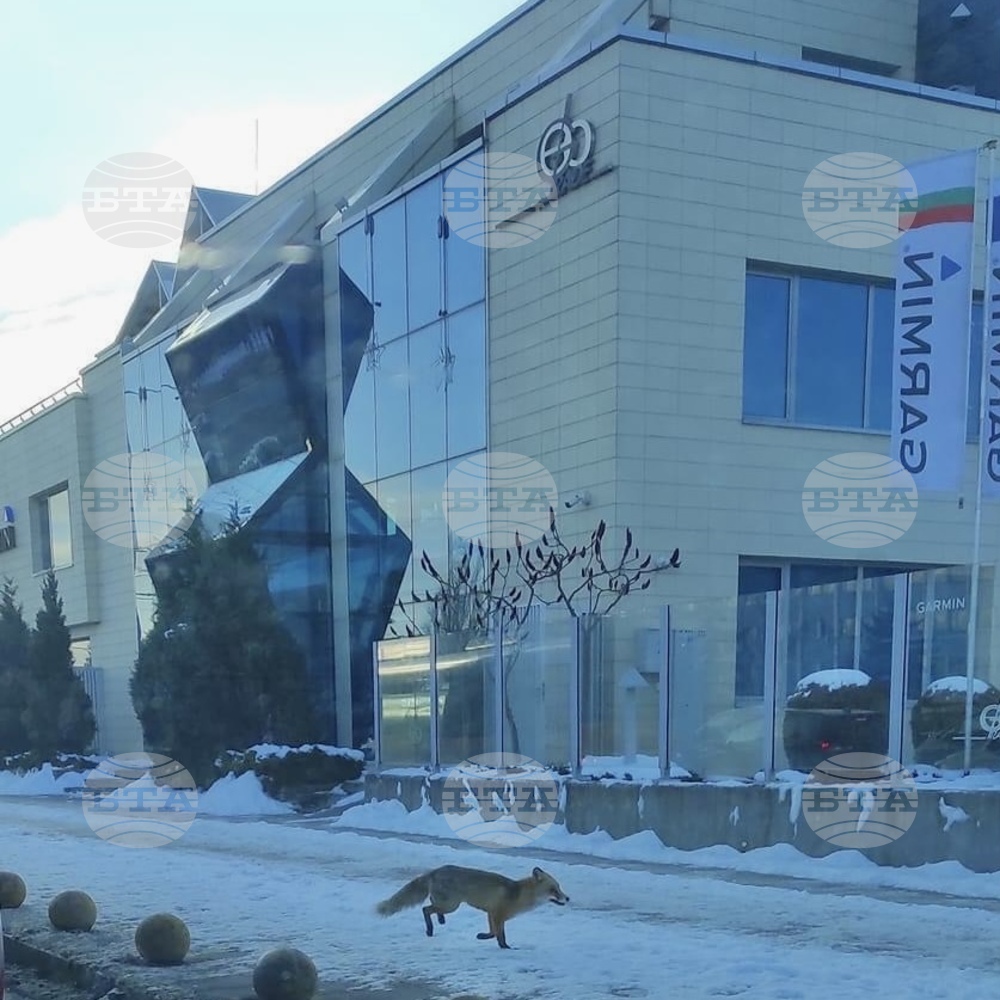site.btaFox Visits Sofia’s Slatina District


A fox was photographed on Shipchenski Prohod Blvd. in the capital's Slatina district. "A fox in the centre of Sofia", "moves as if in a hurry for shopping" and "Slatina is my London" are just some of the comments under the post of district mayor Georgi Iliev on Facebook, titled "Winter. A fox on Shipchenski Prohod"
/MT/
news.modal.header
news.modal.text